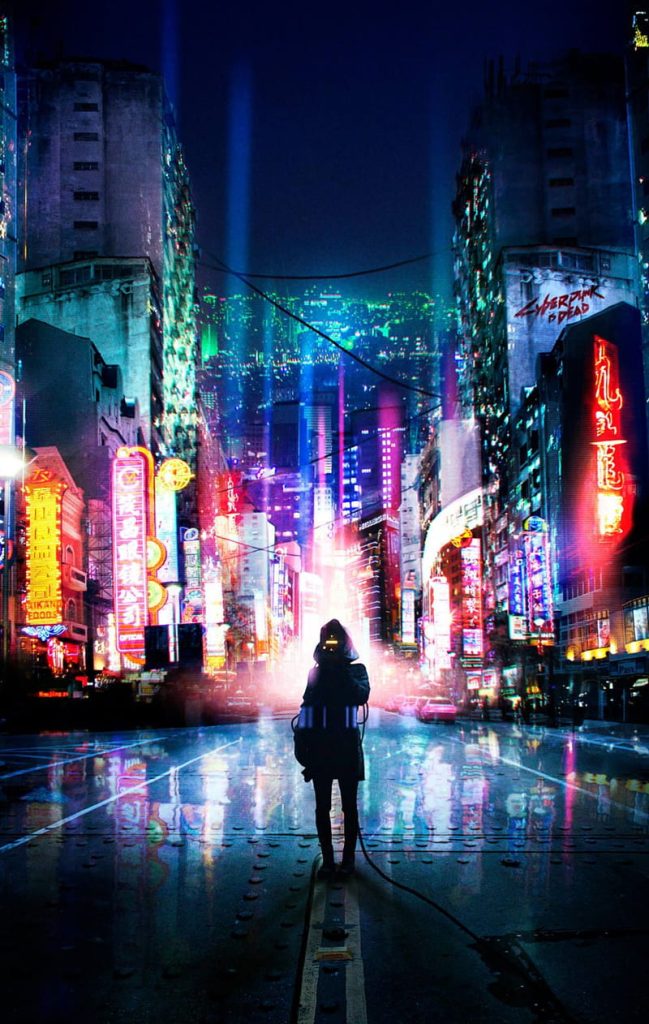Have you ever wondered what it would be like to be part animal? The idea of hybridizing with another species is not only a fascinating topic from a science fiction or biopunk perspective but also offers a deeper philosophical question: How much of our humanity would we be willing to give up to take on the traits of another creature? In this blog post, I’ll dive into my own choice of animal hybridization and reflect on what it means to balance the line between human and animal.

The Chosen Hybrid: Falcon
If I could hybridize with any animal, my choice would be the falcon. Falcons are known for their incredible speed, keen vision, and sharp instincts—qualities that fascinate me. As someone interested in veterinary medicine and understanding how the animal body works, I’ve always been captivated by animals’ physical abilities, and the falcon represents an apex of efficiency and precision. Imagine having the speed to soar across the sky at over 200 miles per hour, cutting through the air with razor-sharp focus. The ability to see vast distances and notice the smallest details in the environment would be invaluable in both professional and personal life. It would allow me to observe and assess situations from a different perspective, similar to how I approach learning and problem-solving in my studies.
How Far Would I Go?
Now, when it comes to how much of my humanity I’d be willing to give up, I’d want a limited but impactful hybridization. I would keep my human form but integrate the falcon’s vision and flight abilities. The thrill of flight, the freedom of seeing the world from the sky—it’s tempting! However, I wouldn’t want to give up my emotional connection with others, my empathy, or my ability to communicate and collaborate. While it would be amazing to physically embody the falcon’s speed and agility, keeping the core aspects of my human identity, such as empathy and my commitment to working with and helping others (especially animals), is essential. After all, it’s those very qualities that drive my passion for veterinary medicine. For me, this hybridization would be about enhancing my abilities without losing the core of who I am as a human.
A Balance Between Human and Animal
Hybridization in this context asks us to consider what it means to merge with another species while preserving our human qualities. How much are we willing to sacrifice to gain new abilities, and how do we define those boundaries? In my case, the falcon offers both physical prowess and a new perspective on life, but I would limit that transformation to specific traits—remaining grounded (figuratively, at least) in my human experience.

What about you? If you had the chance to hybridize with an animal, which one would you choose, and how much of yourself would you be willing to let go?











